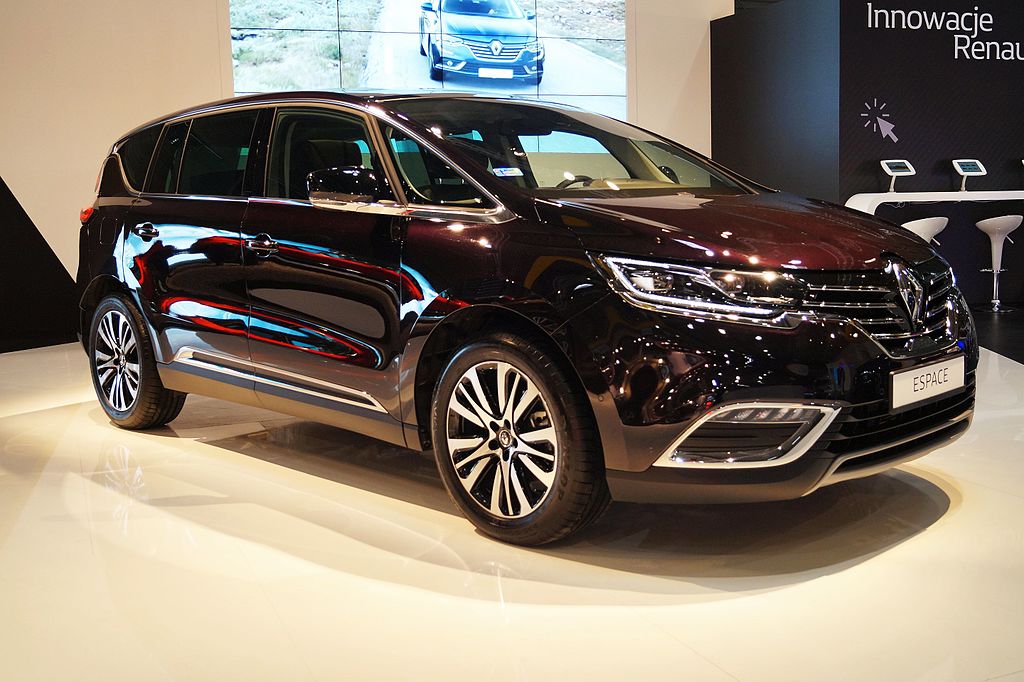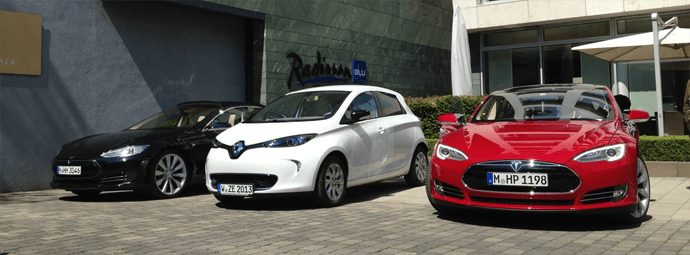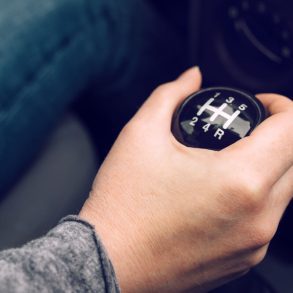A new year is always a nice opportunity to reflect on the past year and in our case, that means looking at which cars have sold disappointingly in 2016. We’ve already looked at which cars or brands have surprised in 2016 from a sales volume point of view in a separate article, as well as successes and disappointments in the US.
1. Jaguar XE
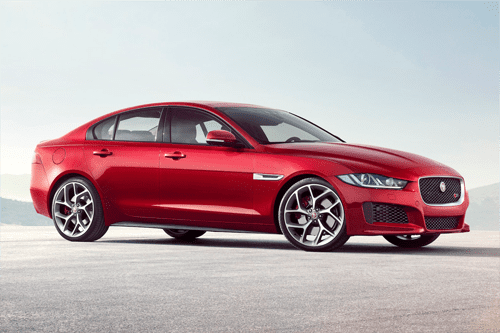 When Jaguar launched the XE in 2015, expectations were high, as this was Jaguar’s second attempt at the premium midsized segment, and arguably a much better attempt than the first try: the X-Type. A lot has been critisized about the X-Type: it was too much Ford Mondeo, had too conservative styling and it was an utter failure. About that last point: they sold over 400.000 of them worldwide, half of which in Europe, over a 9-year life cycle. The model sold almost 31.000 units in its first full year of sales 2002 and peaked at 38.500 sales in 2004 in a segment 5th place behind the German Big-3 and Volvo. Now keep in mind the segment was a bit larger at the time, so let’s translate it to 3,1% of the segment in its first full year and 4,5% of the segment in its peak. 2016 was the first full year of sales for the XE and it took a segment share of 3,5%, slightly better than its supposedly failed predecessor 14 years earlier. It also took just 7th place of the segment, but that’s because Audi and BMW have separated their coupe and convertible models from the sedan and wagon versions. Jaguar is still best of the rest behind the Germans and Volvo. One could argue the F-Pace crossover may be cannibalizing, but there’s hardly any overlap in price between those two models, and a counterargument could be that the F-Pace is raking in extra attention to the brand and drawing people into its showrooms who may not have known about the XE otherwise. In its defense: there’s no station wagon version of the XE available (yet). So at first glance not a huge success, but nor is the XE’s first full year a clear-cut disappointment, then why is it on this list? Well, for one because it lost year-over-year volume in every month of the second half of the year, which is not a promising sign for a model in only its first full year of sales, and secondly because it was outsold by the Alfa Romeo Giulia in November and likely in December too, again not a great sign of what’s to come for the XE.
When Jaguar launched the XE in 2015, expectations were high, as this was Jaguar’s second attempt at the premium midsized segment, and arguably a much better attempt than the first try: the X-Type. A lot has been critisized about the X-Type: it was too much Ford Mondeo, had too conservative styling and it was an utter failure. About that last point: they sold over 400.000 of them worldwide, half of which in Europe, over a 9-year life cycle. The model sold almost 31.000 units in its first full year of sales 2002 and peaked at 38.500 sales in 2004 in a segment 5th place behind the German Big-3 and Volvo. Now keep in mind the segment was a bit larger at the time, so let’s translate it to 3,1% of the segment in its first full year and 4,5% of the segment in its peak. 2016 was the first full year of sales for the XE and it took a segment share of 3,5%, slightly better than its supposedly failed predecessor 14 years earlier. It also took just 7th place of the segment, but that’s because Audi and BMW have separated their coupe and convertible models from the sedan and wagon versions. Jaguar is still best of the rest behind the Germans and Volvo. One could argue the F-Pace crossover may be cannibalizing, but there’s hardly any overlap in price between those two models, and a counterargument could be that the F-Pace is raking in extra attention to the brand and drawing people into its showrooms who may not have known about the XE otherwise. In its defense: there’s no station wagon version of the XE available (yet). So at first glance not a huge success, but nor is the XE’s first full year a clear-cut disappointment, then why is it on this list? Well, for one because it lost year-over-year volume in every month of the second half of the year, which is not a promising sign for a model in only its first full year of sales, and secondly because it was outsold by the Alfa Romeo Giulia in November and likely in December too, again not a great sign of what’s to come for the XE.
2. EVs
The EV segment (Plug-in Hybrid vehicles not included) grew by just 7% in 2016, a huge step back from the approximately 50% growth we’ve seen for the last couple of years, and below the target if some governments are talking about forbidding sales of cars with internal combustion engines within the next few decades. With still less than 100.000 sales in 2016, pure EVs still make up only 0,6% of total sales in Europe, a pathetic figure considering the high expectations a lot of manufacturers and other stakeholders have for this segment, including myself. I’ve added that last comment to make sure you don’t think I’m not calling doom on EVs, or saying the brands that are EV first movers made a wrong bet. I’m just saying it’s behind on my expectations. Fortunately, 2017 looks bright again for supporters of electrified mobility: the long-awaited Opel/Vauxhall Ampera-e will arrive, Renault, Nissan and BMW have just launched longer range versions of their Zoe, Leaf and i3, and other brands are introducing their first EV or expanding their current portfolio. It looks like 2016 was just a temporary pause for the segment to catch its breath before storming up the charts to eventually become the standard and make sure we’ll never look back to the ICE.
3. Renault Espace
Like with the XE, I’m sure there will be plenty of arguments against calling it a failure. One could say it’s not available with RHD, ruling out the large UK market. And that 2016 is still the best year for the nameplate since 2007. Or that Renault wants you to think it’s a crossover and not an MPV, which would make it the best selling mainstream large SUV in Europe, ergo a success. But in the end the Espace is still a direct competitor to the Ford S-Max and the VW Group twins Volkswagen Sharan and Seat Alhambra. And compared to those models, the Espace V shows a pretty weak performance for a nameplate that invented the segment and has been around for more than three decades.
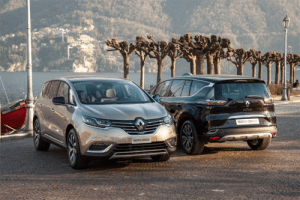
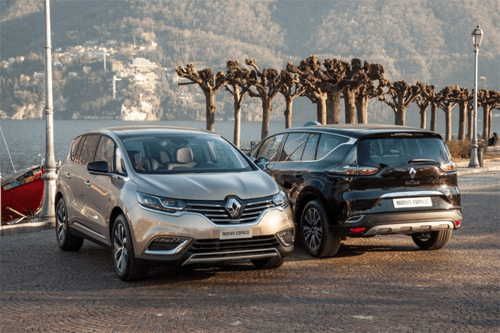 In its first full year of sales, the Espace was unable to climb onto the segment podium, beaten fairly and squarely by the also new S-Max, but more embarrassingly by the already 6-year old Sharan AND Alhambra. Even if we take out the UK volume for those other models, the Espace would be in fourth place, albeit very close behind the two twins. And like the Jaguar, the Espace lost year-over-year volume in every month of the second half of the year, so it’s already in a downward trend. I personally had expected the Espace to be able to challenge the S-Max for segment leadership (in continental Europe, excluding UK) and leave the oldies far behind. That’s why it’s a disappointment to me.
In its first full year of sales, the Espace was unable to climb onto the segment podium, beaten fairly and squarely by the also new S-Max, but more embarrassingly by the already 6-year old Sharan AND Alhambra. Even if we take out the UK volume for those other models, the Espace would be in fourth place, albeit very close behind the two twins. And like the Jaguar, the Espace lost year-over-year volume in every month of the second half of the year, so it’s already in a downward trend. I personally had expected the Espace to be able to challenge the S-Max for segment leadership (in continental Europe, excluding UK) and leave the oldies far behind. That’s why it’s a disappointment to me.
What are your disappointments of 2016? And do you have a brand or model in mind that may disappoint next year? Let me know in the comments below.

